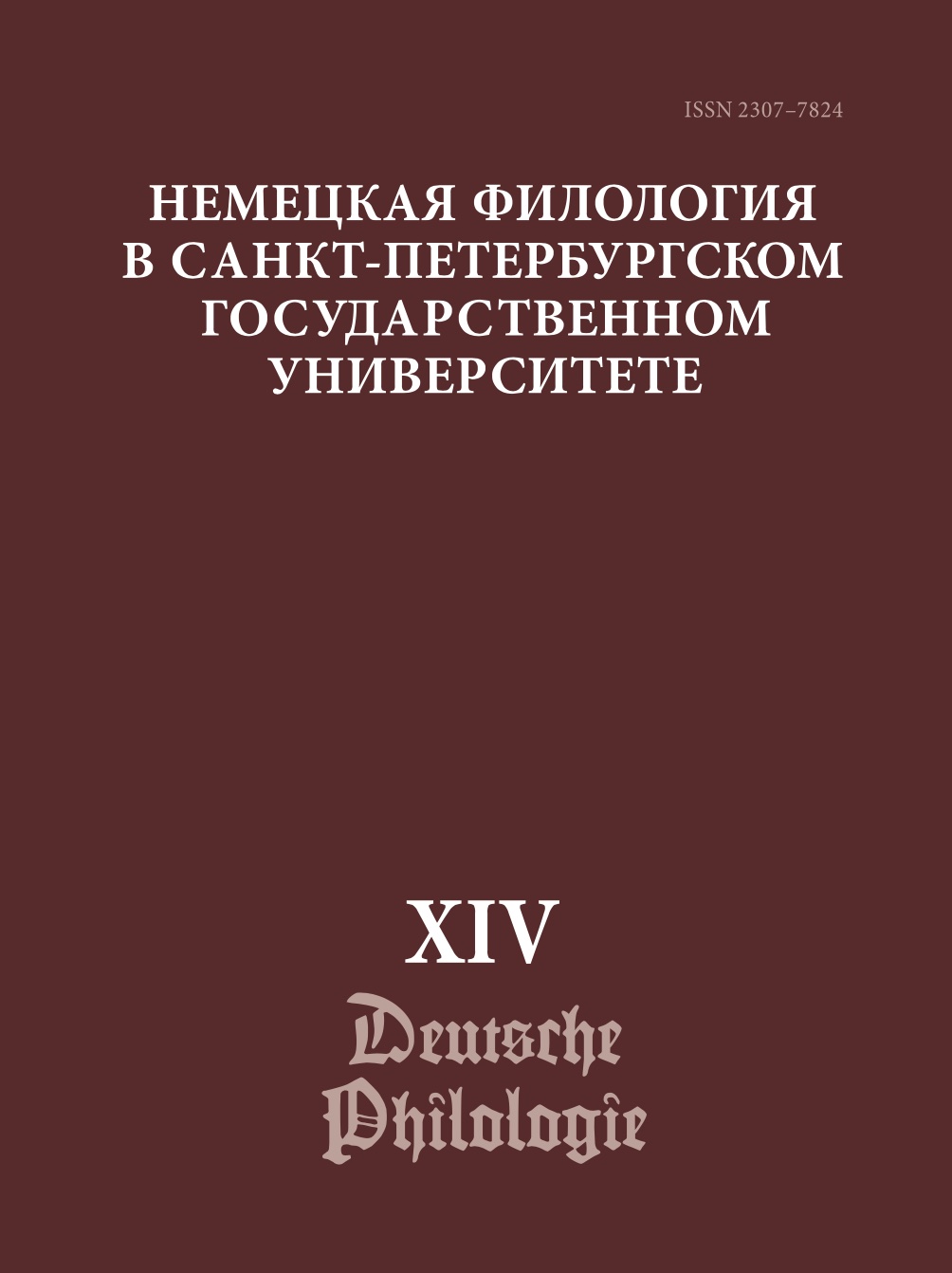IDENTIFICATION OF SIGNIFICANT THEMES USING THE LDA ALGORITHM ON THE MATERIAL OF GERMAN MEDIA DISCOURSE
DOI:
https://doi.org/10.21638/spbu33.2024.122Abstract
Topic modeling methods allow obtaining insights into the thematic content of texts and identifying latent semantic structures. Each text can be represented by multiple topics, thereby enabling the identification of text similarity and, more broadly, common trends specific to texts targeting a particular audience. The goal of this paper is to form a set of themes that interest readers based on German discourse covering various aspects of life. The results of constructing several thematic models using the Latent Dirichlet Allocation (LDA) algorithm are demonstrated in relation to the texts of the German journals “Zeitschrift für Ideengeschichte” which covers the history and development of political, religious, philosophical, and literary ideas and thoughts, and the student periodical “Moritz.Magazin” of the Greifswald University. The extracted keywords received expert evaluation. The results show that over time, the “Zeitschrift für Ideengeschichte” transits from narrower to broader topics. The analysis demonstrated relatively low similarity between texts from different years of this journal. However, texts published in the same year share common features and this similarity was identified according to the TF-IDF measure. Despite the initially declared diversity of the examined journals, the political component is common to them, with the “Moritz.Magazin” displaying it more prominently, while in the “Zeitschrift für Ideengeschichte” articles, the political orientation is conveyed indirectly through references to prominent thinkers and themes. During the research, a preliminary set of topics interesting to representatives of two significant circles in contemporary Germany, belonging to the educated university community, was defined, thus describing a certain intellectual landscape of the country.
Keywords:
topics, keywords, Latent Dirichlet Allocation (LDA), media discourse, German language
Downloads
References
Литература
References
Downloads
Published
How to Cite
Issue
Section
License
Условия передачи авторских прав на статьи и рецензии, опубликованные в ежегодном периодическом издании «Немецкая филология» регулируются условиями Лицензионного Договора автора с Санкт-Петербургским государственным университетом. В соответствии с Лицензионным Договором опубликованные материалы находятся в открытом доступе, а авторам бесплатно предоставляется неограниченные возможности их распространения и самостоятельного архивирования.




